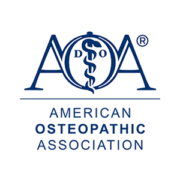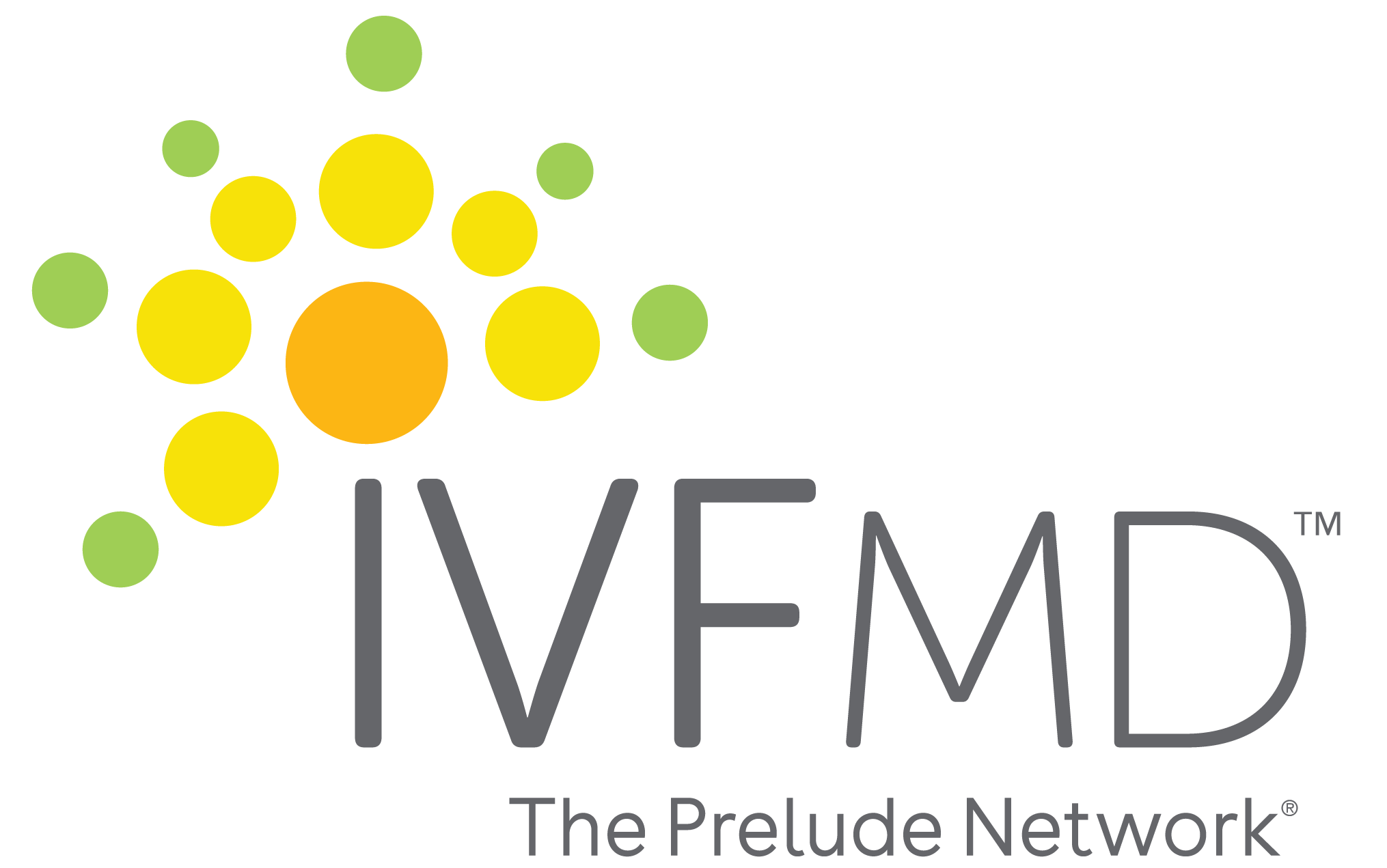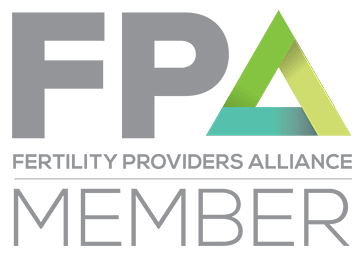Poll Finds Women 35+ Would Have Attempted Pregnancy Sooner if They Had Known More about Age-related Fertility Decline
Less than one-third (31%) of American adults realize age is top contributor to infertility in women
By: American Osteopathic Association
CHICAGO, June 6, 2019 /PRNewswire/ — Americans appear overly optimistic about their fertility based on results of a survey conducted by The Harris Poll on behalf of the American Osteopathic Association. Findings reveal 39% of women age 35 and older who didn’t get pregnant at a young age would have attempted pregnancy sooner if they had known more about age-related decline in fertility.
“Conversations about family planning should shift from birth control to pregnancy planning around age 32,” says Ellen Wood, DO, a Florida-based fertility specialist. “Thirty-five is not the new 25 when it comes to fertility.”
Egg quality starts to decline at age 32 and decreases rapidly after 37.i Advanced maternal age also heightens the risk of birth defects.ii Only 28 percent of women, and 35 percent of men, believe age is the number one contributor to female infertility, the AOA survey found.
With women in their early 30s now having more babies than younger moms, osteopathic OB/GYNs hope to promote better education before patients reach their mid-30s.iii Postponing pregnancy attempts until after 35 will, for many women, limit the ability to birth a healthy child.iv
“Men are not immune,” says Dr. Wood. Western nations are witnessing an unprecedented fall in sperm count that is not disputed, but has not been explained.v
Options
As a physician whose education extended into her 30s, Dr. Wood was forced to change her own plans to accommodate fertility challenges and now counsels patients to consider the same. “Juggling two babies while starting a medical practice was challenging, but I would never advise against prioritizing your family if you’re concerned about conception. It won’t get easier as you age,” she says.
In vitro fertilization or IVF, typically the final treatment for infertility, is considered the most effective method of assisted fertility. For women age 38-40 using their own egg, IVF results in approximately a 40 percent chance of eventually birthing a healthy baby, according to the Society for Assisted Reproductive Technology. The success rate drops to approximately 23 percent after age 41.
Freezing eggs and potentially sperm at a young age greatly improves the chance of a healthy pregnancy later in life, but can be prohibitively expensive.vi The time, cost—typically between $5,000 and $50,000 depending on insurance and number of attempts—and emotional toll can be extensive.
“While IVF can create miracles, for many it’s also an emotional roller coaster and brings significant debt,” says Dr. Wood. “It’s why so many of my patients who require IVF because of maternal age wish they had better understood the risks.
Infertility causes
Polycystic ovary syndrome (PCOS), a health problem caused by an imbalance of reproductive hormones, is one of the most common and treatable sources of anovulatory (inability to ovulate) infertility.vii
Infertility issues stemming from diminishing ovarian reserve, prior ovarian surgery, chemotherapy, radiation therapy, endometriosis, damage from tobacco, pelvic infection or a family history of early menopause are typically more difficult to resolve.
While it’s difficult to accurately determine the cause, about one-third of fertility issues are attributed to the man, one-third to the woman and the remainder jointly to the couple, Dr. Wood says. In many cases the cause remains unexplained, even when a patient is successful.
“The advances in fertility techniques and technology are incredible,” says Dr. Wood, “But the most simple and effective tool we have as OB/GYNs is to communicate with our patients about the testing and preservation options available, which can have has the greatest impact on family planning success.”
About the AOA
The American Osteopathic Association (AOA) represents more than 145,000 osteopathic physicians (DOs) and osteopathic medical students; promotes public health; encourages scientific research; serves as the primary certifying body for DOs; and is the accrediting agency for osteopathic medical schools.
To learn more about DOs and the osteopathic philosophy of medicine, visit www.DoctorsThatDO.org.
Survey Method
This survey was conducted online within the United States by The Harris Poll on behalf of AOA from May 22-24, 2019among 2,018 U.S. adults age 18+, among whom 494 are women age 35+ who did not get pregnant at a young age. This online survey is not based on a probability sample and therefore no estimate of theoretical sampling error can be calculated. For complete survey methodology, including weighting variables and subgroup sample sizes, please contact Jessica Bardoulas.
Click here to view the full article.




